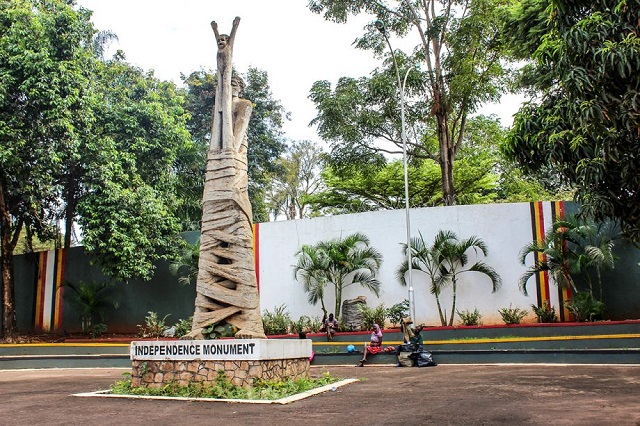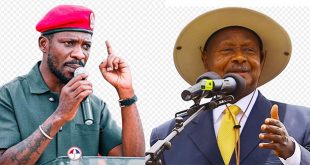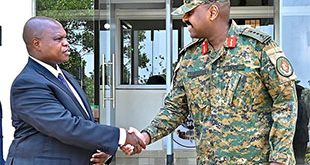
Kampala, Uganda | THE INDEPENDENT | The independence monument located in the heart of Kampala city is a complete stranger to a section of citizens both the old and the young alike.
The Monument depicts a woman unwrapping his child and raising it to the skies. The monument signified that the British had done their part and it was now up to Uganda, the new child, to do the rest.
Located between Sheraton Kampala Hotel, Grand Imperial Hotel and Standard Chartered Bank was carved by a Kenyan sculptor Gregory Maloba who was a student and a lecturer at Makerere University.
It is so significant in Uganda’s history that it is emblazoned on all the new currency notes and appears in many national promotional materials and documents.
On Wednesday, Ugandans gathered in Sironko district to commemorate 57 years of Independence.
Uganda Radio Network visited Nile Avenue to speak to a section of residents of Kampala working around the Independence monument to gauge their understanding of the monument.
Prosy Ninsiima, an employee of Kampala Capital City Authority (KCCA) who has been sweeping the site of the Monument for the last three years could hardly relate the monument to Independence.
Standing in the open space, braving the rains and sunshine, it is unclear when the monument which sits on many banknotes we handle on daily basis was last renovated for Independence Day celebrations. It stands as silently as it is on the paper denominations of 1,000 shillings to the country’s highest legal tender of 50,000 shillings value we carry with us every day.
For Esther Namutebi, a vendor hawking maize along Nile Avenue, the Monument is a statue of an armed soldier firing in the air or marching to war.
For Abubaker, a Boda Boda cyclist working at a stage in front of the Grand Imperial hotel, few meters south of the Monument, the sculpture was erected to galvanize the reign of the current government.
“That thing is for the National Resistance Movement (NRM) government. Don’t you see the colours behind it? It shows when it came to power” he stated referring to the yellow colour of the Uganda flag painted on a rising wall separating the Monument from Sheraton Hotel.
In addition to this historical Independence Monument, the other three National Symbols – the Coat of Arms, the National Anthem and the Flag are displayed on government papers and documents or sang at public National functions such as the Independence Day. Schools have a duty to ensure that students and indeed citizens know about these symbols.
To find that out, this visit coincided with a tour of a Primary School teacher and five of her Pupils to the Monument and the Parliament of Uganda. They are from Kawala Primary School, in Kawempe Division.
Their first stop was at the Statute of the first President of the nation, former Kabaka of Buganda Sir Edward Frederick William David Walugembe Mutebi Luwangula Muteesa II, which stands majestically across Nile Avenue, some 10 Meters from the Independence Monument.
With his back towards the Monument, the Presidential Statute held a walking cane on his left hand and stood in salutation of the new birth, the sovereign state of Uganda, presumably during the lowering of the Union Jack, the British Flag and the hoisting of the Ugandan flag on October 09th, 1962.
The pupils from Kawala Primary School were excited to learn about the Independence history of Uganda through the two sculptures – collectively referred to as the Kampala Monuments although they could not ably articulate their symbolism to the Nation’s Independence History.
Their teacher Harriet Magooba told them about the other symbolic national identities – the Coat of Arms, the National Anthem and the Flag.
“Most times in school we get the learners to sing the first stanza of the National Anthem. As teachers, we rarely sing and we forget. I am not a SST teacher and indeed I have forgotten.”
******
URN
 The Independent Uganda: You get the Truth we Pay the Price
The Independent Uganda: You get the Truth we Pay the Price


